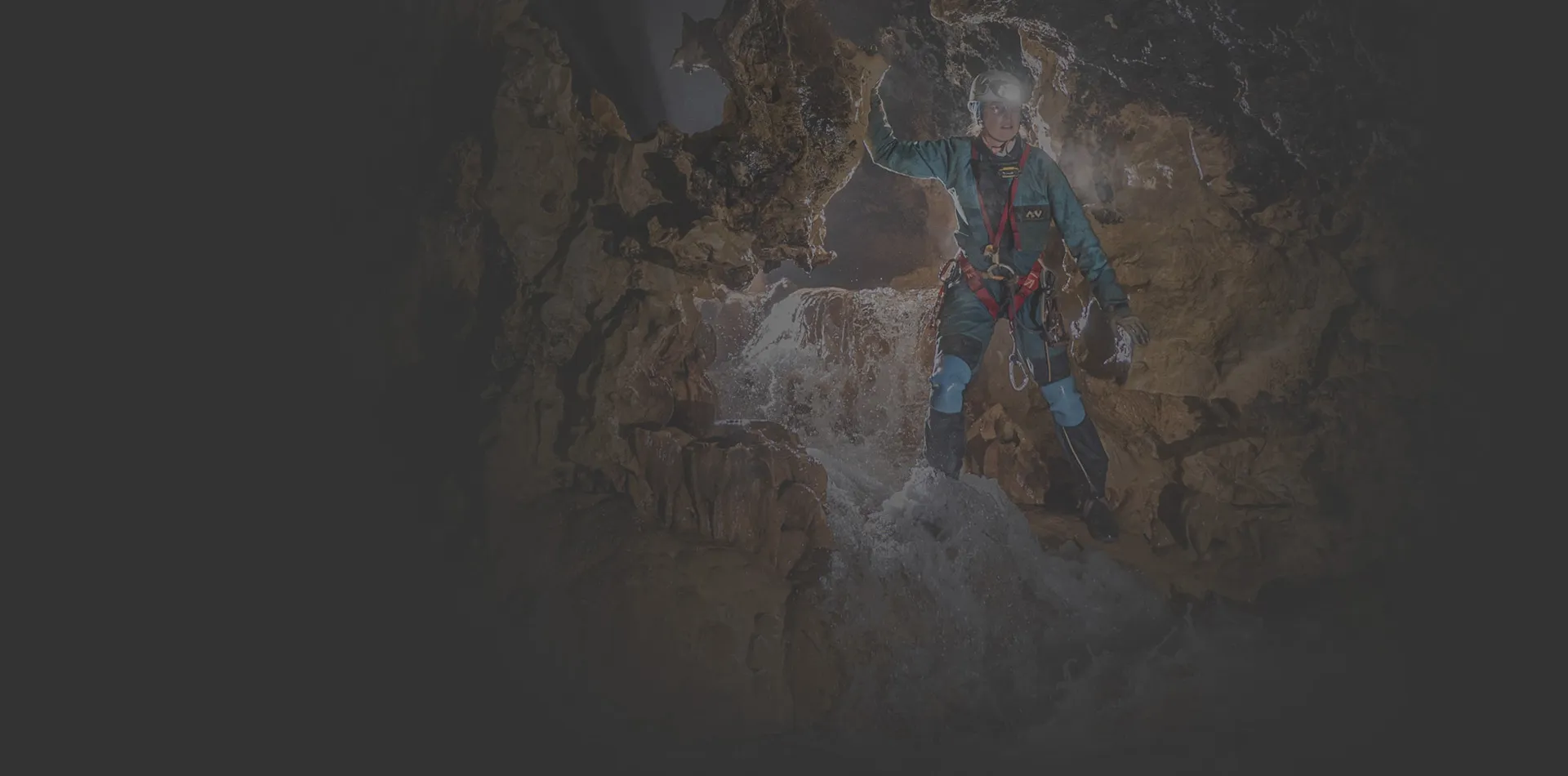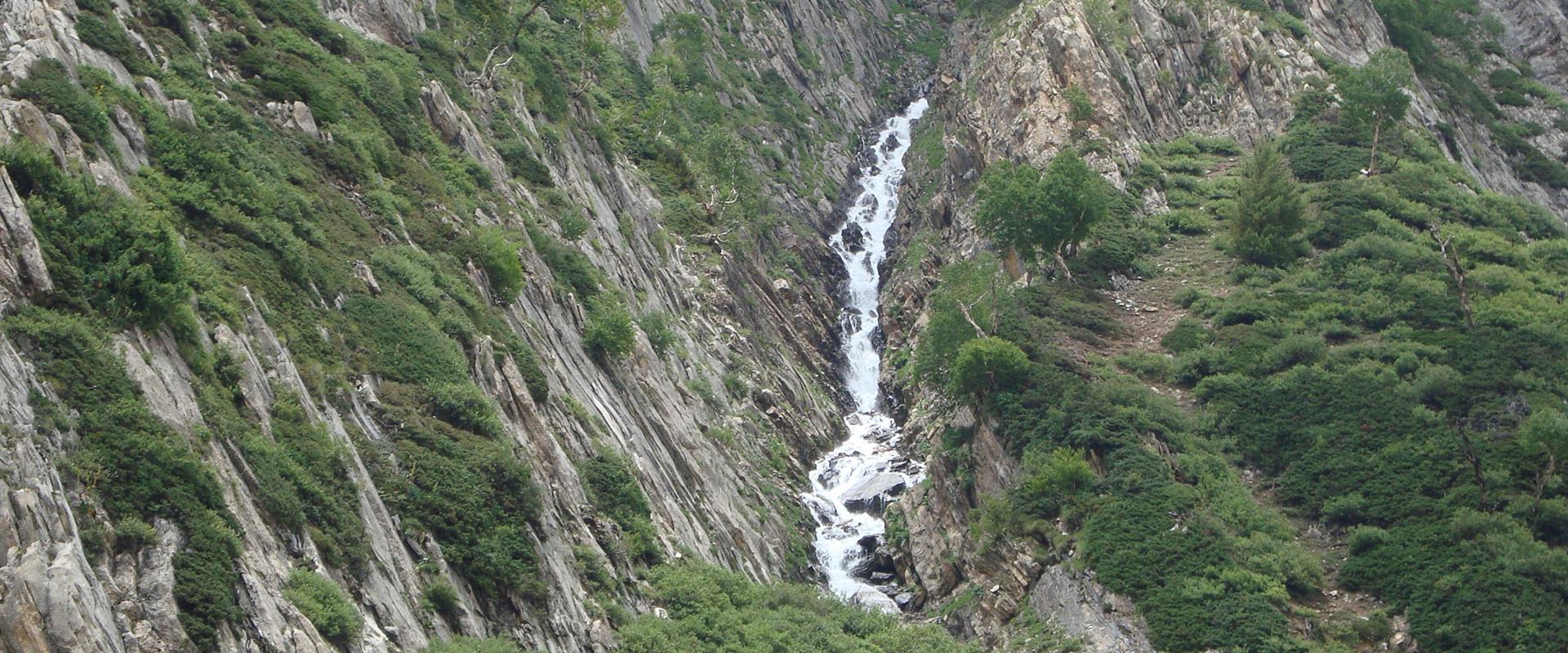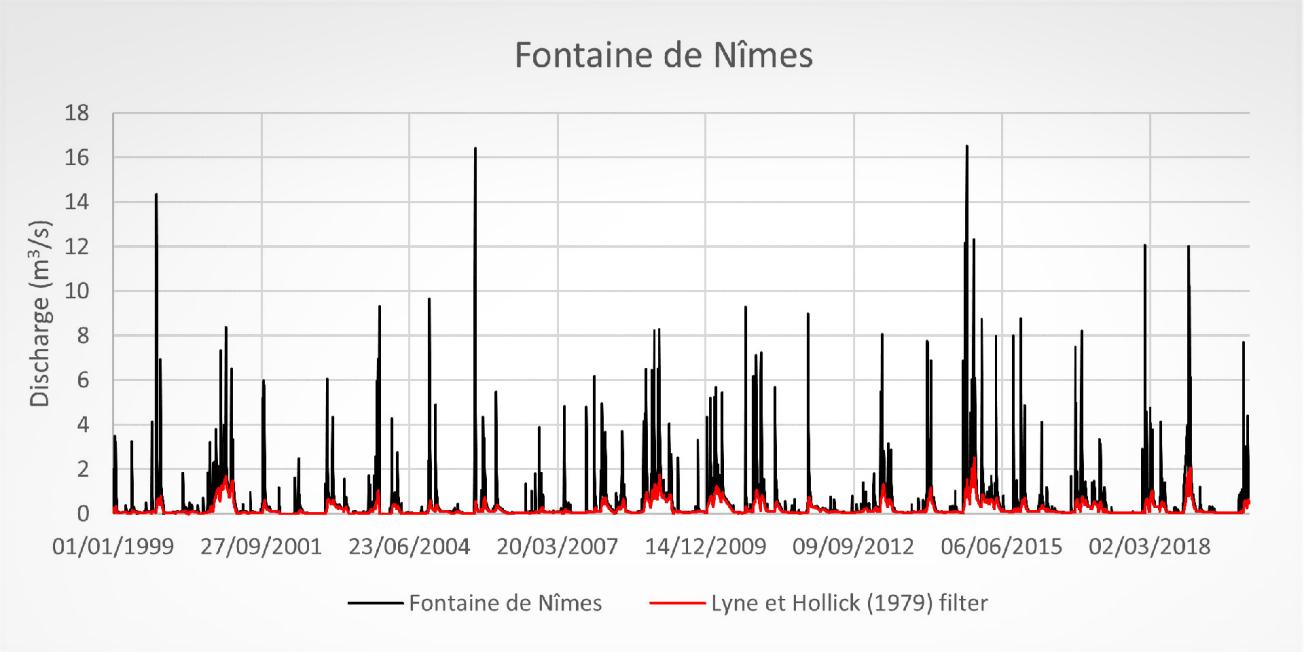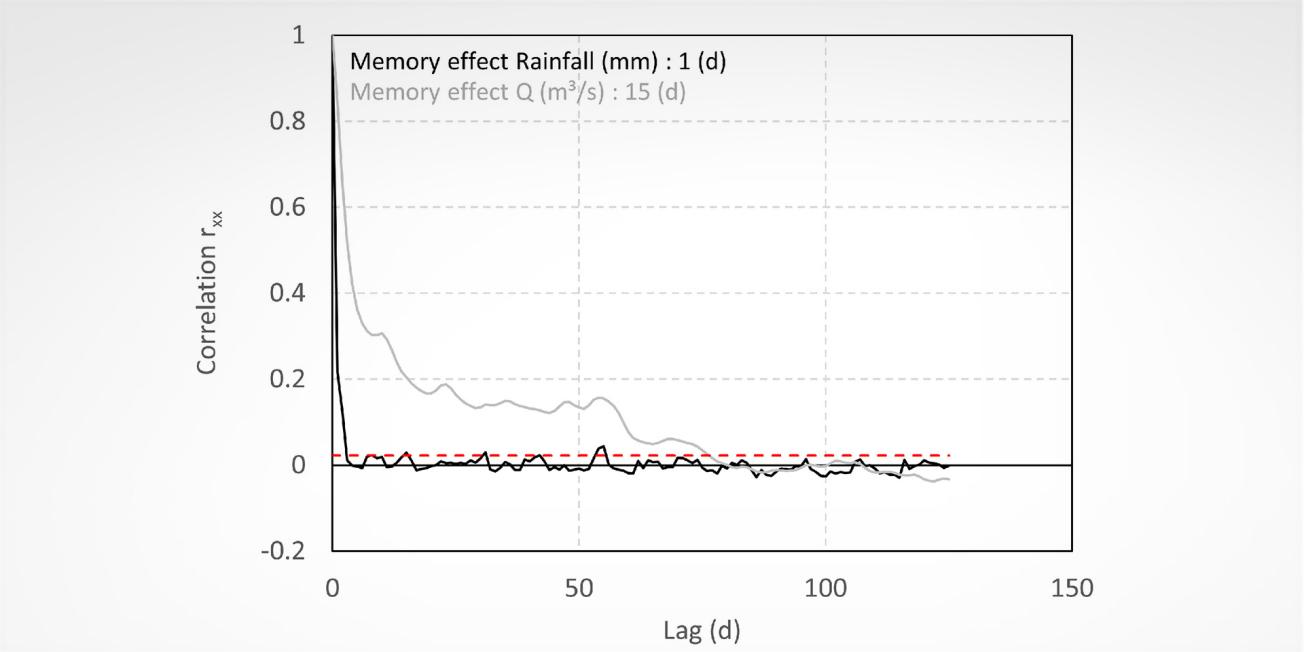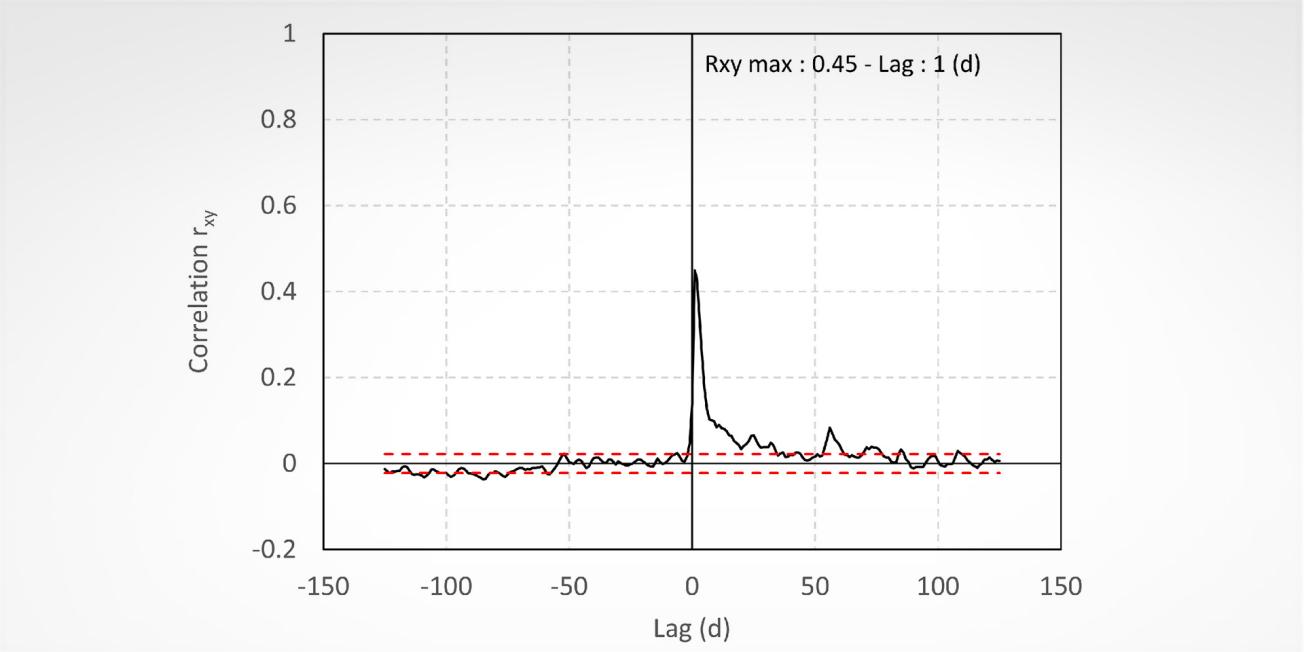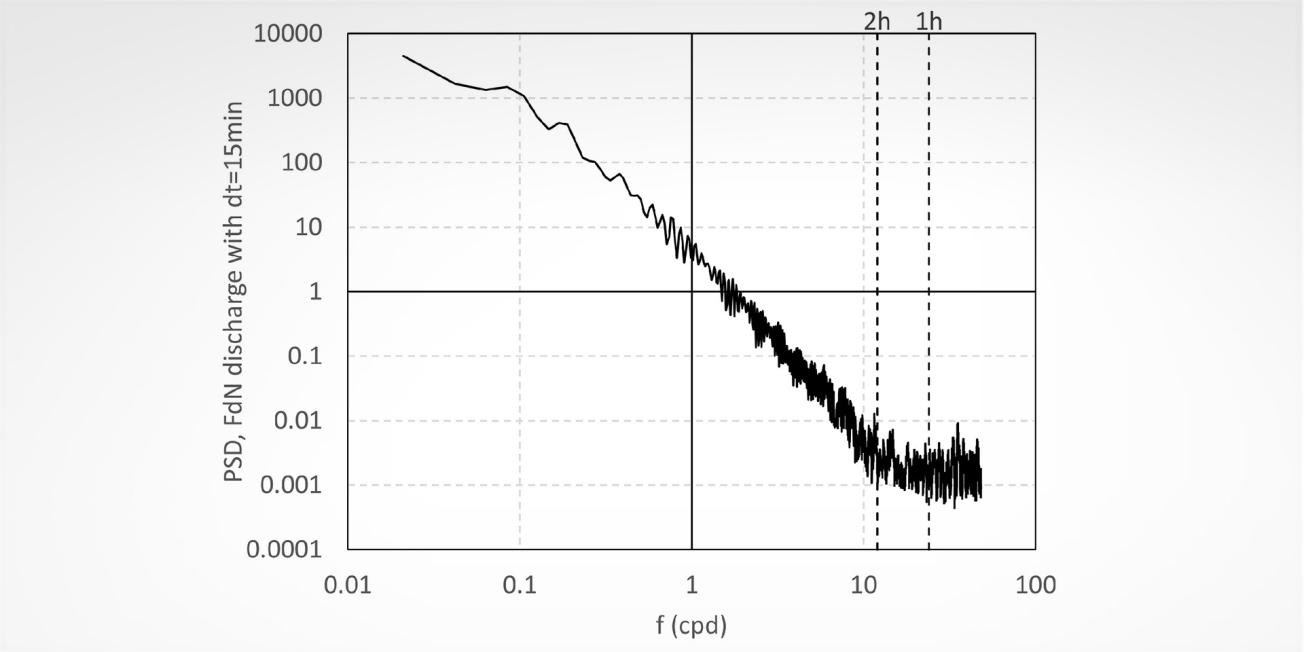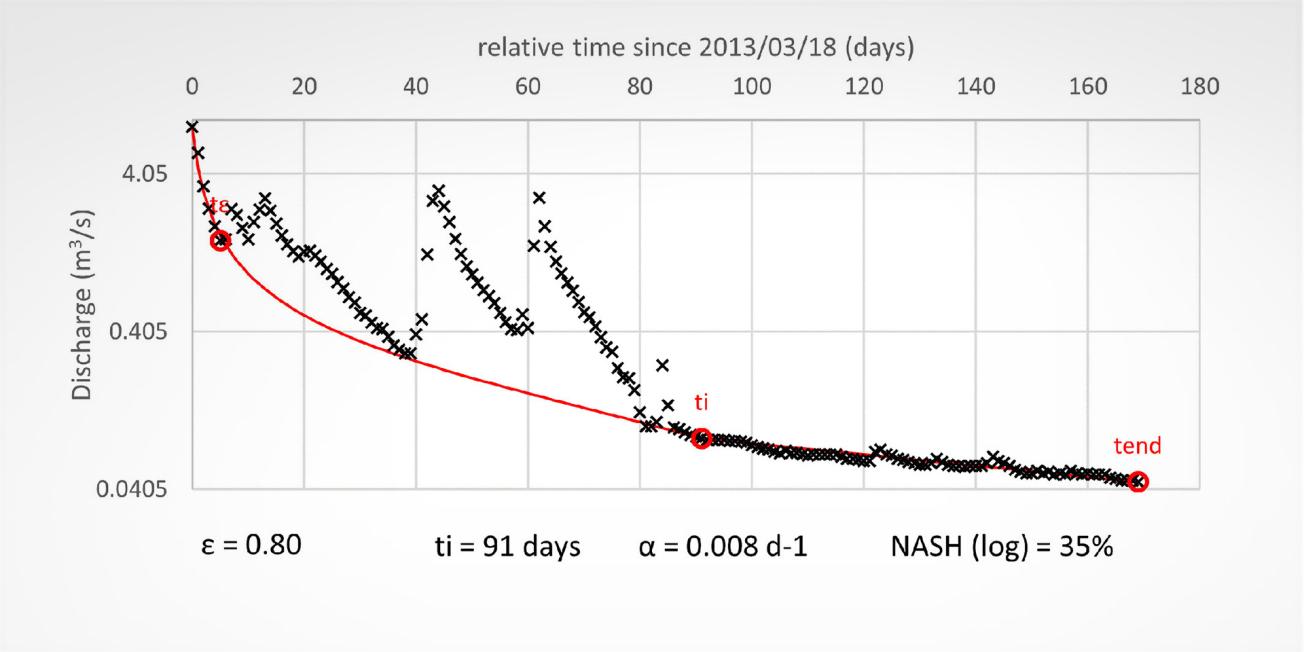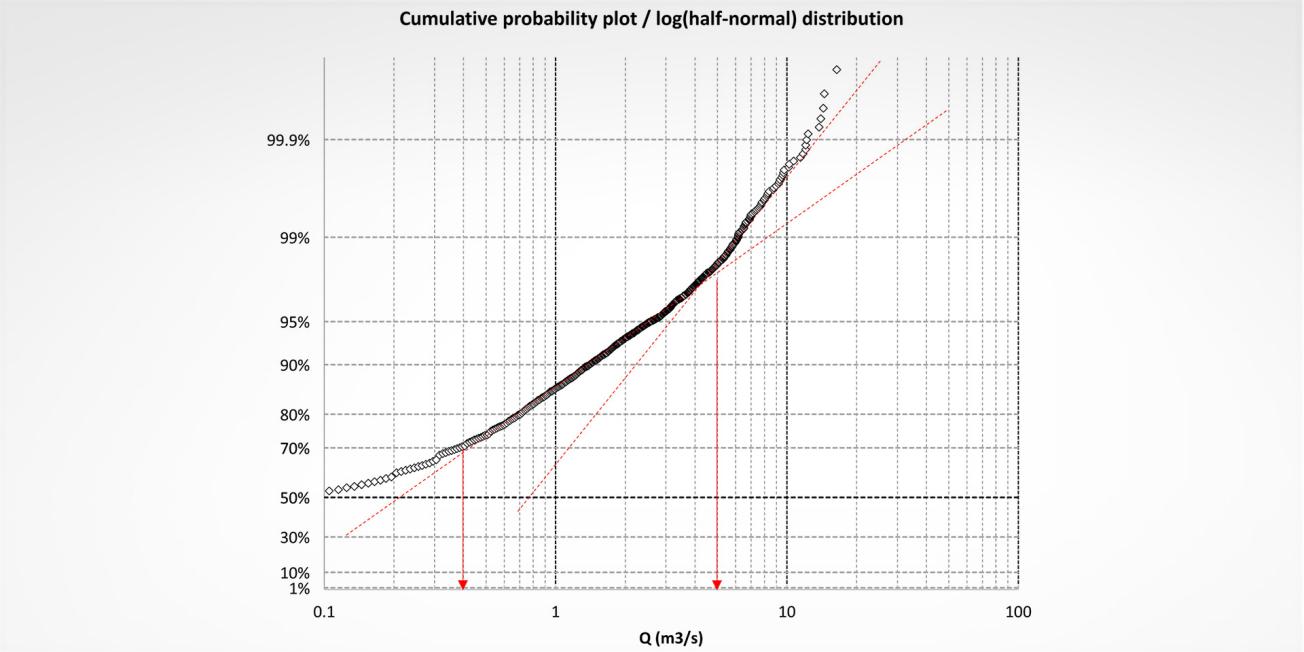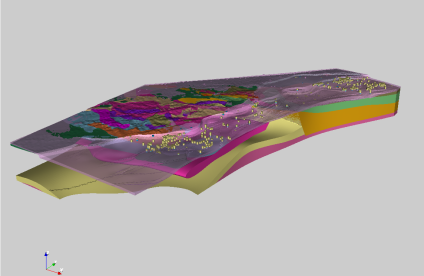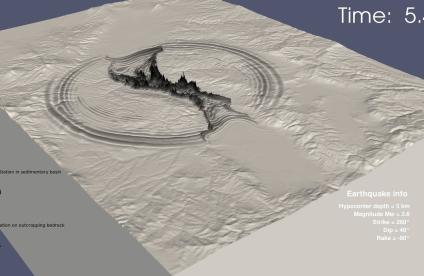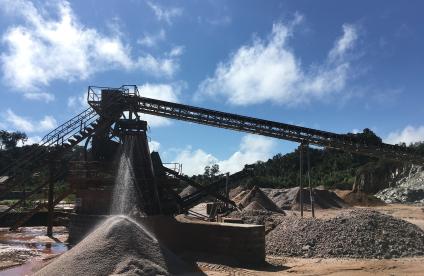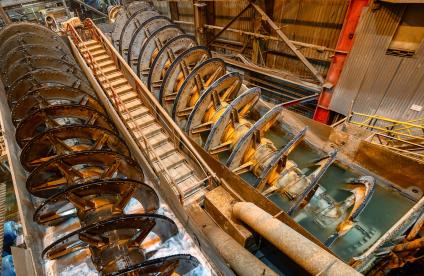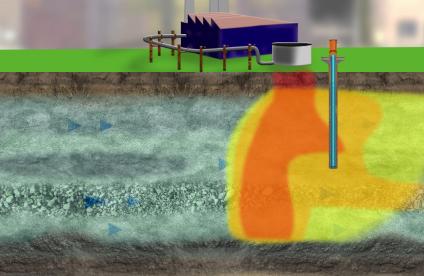The XLKarst software was developed by BRGM, the French geological survey, as part of the Resource project in GEOERA, more specifically within Work Package 5 “Typology of karst aquifers and recommendations for their management” handled by BRGM.
XLKarst’s features: application of correlative and spectral methods, analysis of flood receding and recessions of karst outlets and analysis of recorded flow-rate data
The XLKarst interface is a list of menus in the Excel add-ins menu bar that allow you to activate different spreadsheets for:
- the statistical description of the flow-rate series, with:
- the calculation of the most common statistical descriptors,
- the calculation of statistical parameters specific to karst hydrogeology according to the methods proposed by Mangin (1984), namely the memory effect from the autocorrelation function and the regulation time from the spectral analysis,
- the calculation of the Base Flow Index (BFI) with a time step of one day, using the method of Lyne and Hollick (1979) and the procedure of Ladson et al. (2013),
- the ability to process multiple datasets in one run.
- correlation analysis and simple and cross-correlation spectral analysis according to the method of Jenkins and Watts (1968) adapted to karst hydrology by Mangin (1984).
- the analysis of recessions according to Mangin's method (1975) and the associated classification.
- analysis of recorded flow rates (Mangin, 1975), to highlight changes in hydrodynamic behaviour associated for example with the activation of overflow systems (Marsaud, 1997).
Examples of calculations made with XLKarst
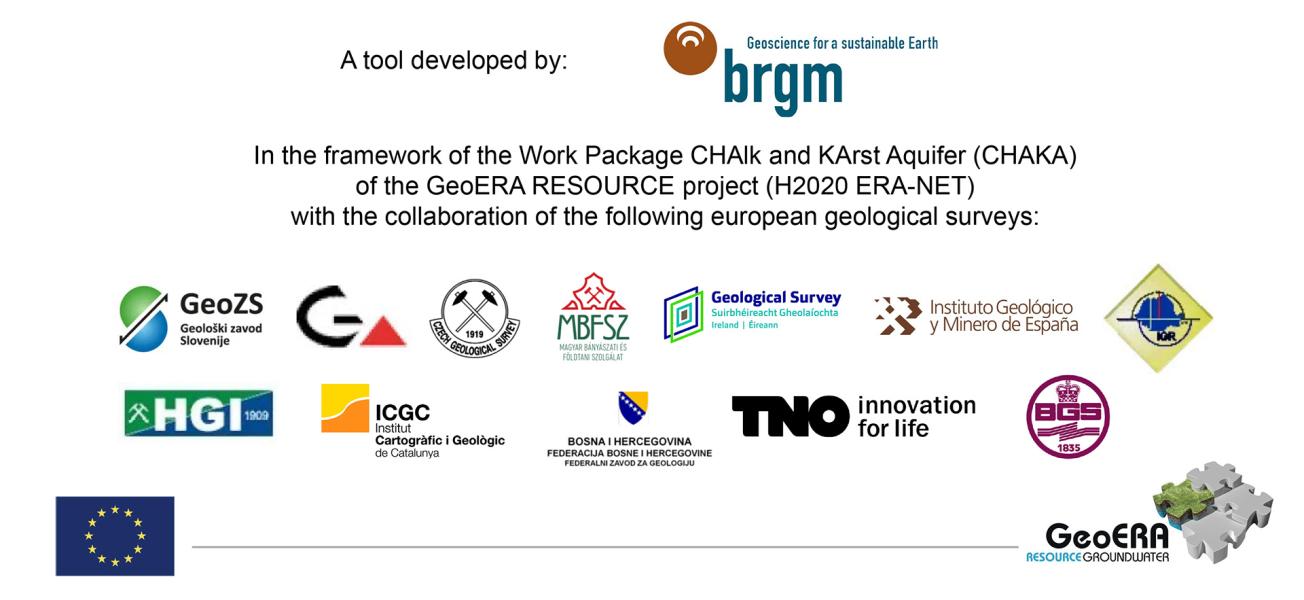
XLKarst software partners.
© BRGM
References
Bailly-Comte, V., Ladouche, B., Charlier, J.B., Hakoun, V., Maréchal, J.C., 2023. XLKarst, an Excel tool for time series analysis, spring recession curve analysis and classification of karst aquifers. Hydrogeology Journal 31, 2401–2415.
https://doi.org/10.1007/s10040-023-02710-w
https://rdcu.be/dpuwZ
Jenkins, G. M. and Watts, D. G. (1968) Spectral Analysis and Its Applications Holden-Day. San Francisco, 243-238.
Hakoun, V., Bailly-Comte V., Charlier JB., Herms I., Hickey C., Pardo-Igúzquiza E., Stroj A., Van Vliet M., Vernes R., Maréchal, JC. (2020) Karst typology in Europe: state of the art, GeoERA Report, 42.
Ladson, A. R., R. Brown, B. Neal and R. Nathan (2013) A standard approach to baseflow separation using the Lyne and Hollick filter. Australian Journal of Water Resources 17(1): 173-18
Lyne, V. and Hollick, M. (1979) Stochastic time-variable rainfall-runoff modelling. In: pp. 89-93 Institute of Engineers Australia National Conference. Perth.
Mangin, A. (1971) Etude des débits classés d’exutoires karstiques portant sur un cycle hydrologique, Annales de spéléologie, t 26, 2, pp 283,329.
Mangin, A. (1975) Contribution à l‘étude hydrodynamique des aquifères karstiques, PhD thesis, Université de Dijon, Dijon, France, 1975. https://hal.archives-ouvertes.fr/tel-01575806
Mangin, A. (1984) Pour une meilleure connaissance des systèmes hydrologiques à partir des analyses corrélatoire et spectrale, J. Hydrol., 67, 25–43, https://doi.org/10.1016/0022-1694(84)90230-0, 1984.
Marsaud, B. (1997) Structure et fonctionnement de la zone noyée des karsts à partir des résultats expérimentaux. Université Paris XI Orsay.

